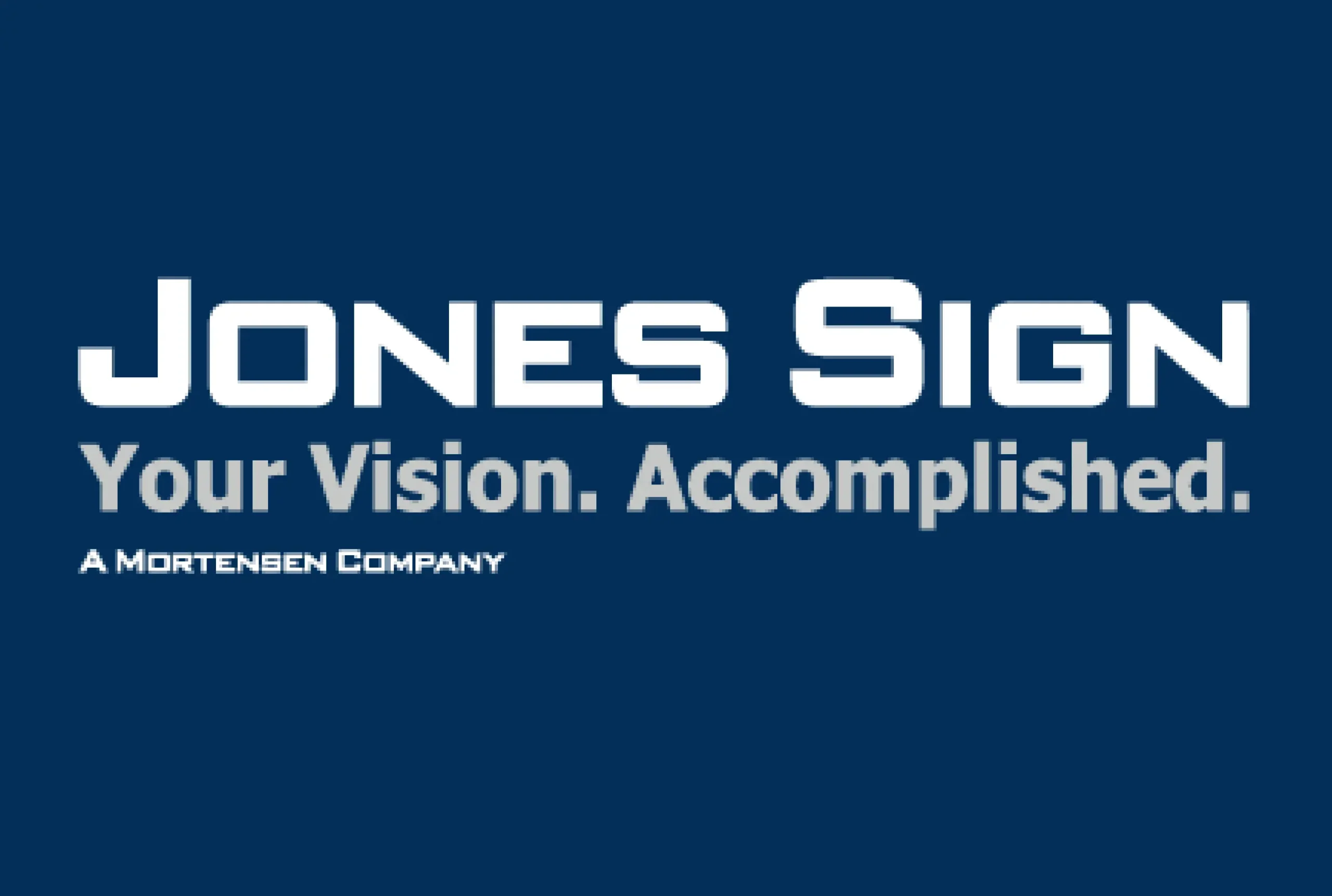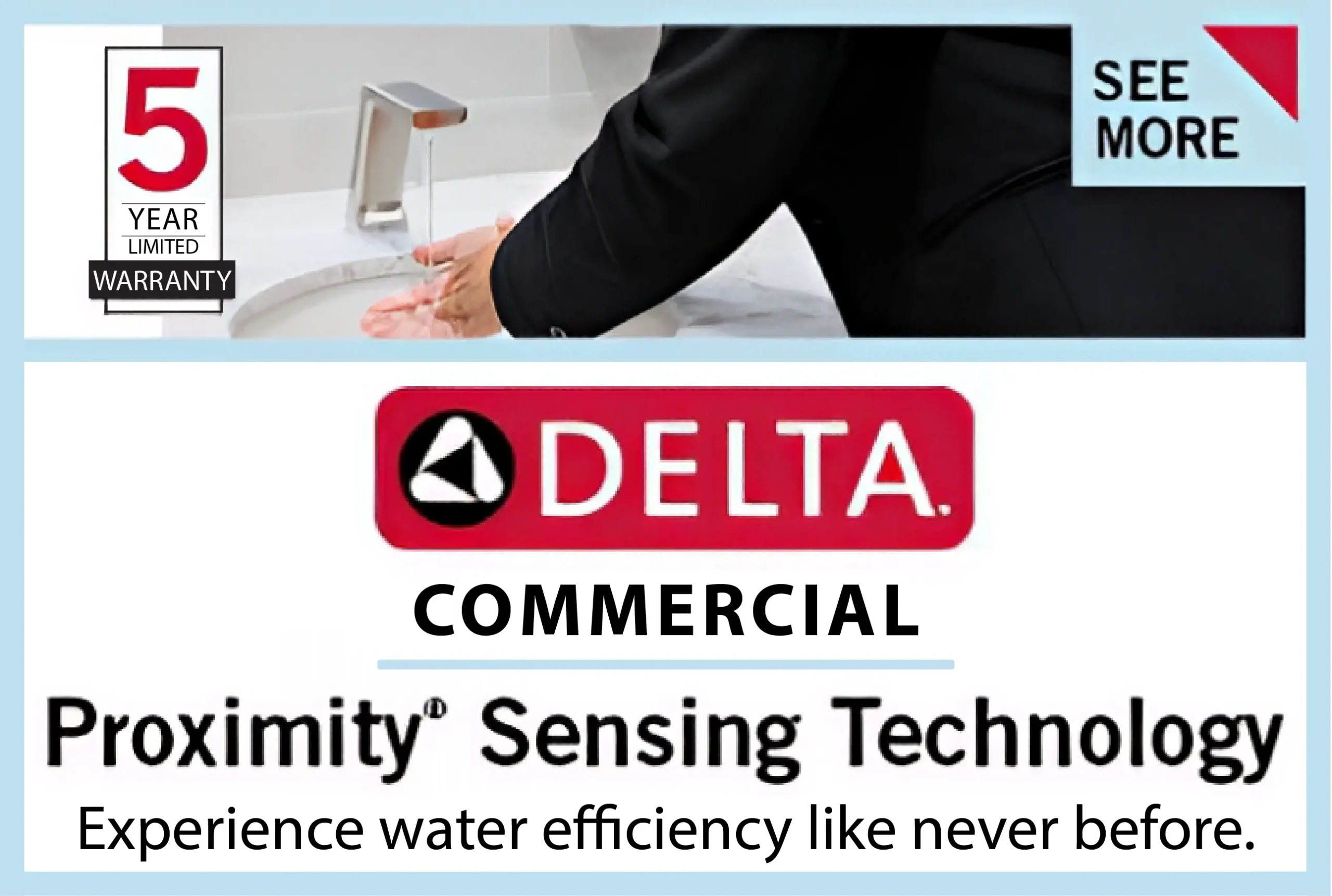Efficient and accurate injury documentation is crucial for healthcare providers, legal professionals, and insurance specialists alike. However, traditional note-taking can be time-consuming and prone to errors, especially in high-pressure environments. That’s where AI scribe apps come in.
These innovative tools use artificial intelligence to streamline the process of recording patient or client injuries in real-time. By transcribing voice notes, extracting key medical terms, and organizing data automatically, AI scribes help professionals save valuable time while maintaining detailed and compliant records.
They are especially helpful in fields like personal injury law or emergency medicine, where speed and precision matter most. With AI handling the repetitive tasks, you can focus more on patient care or legal strategy. To explore how AI can revolutionize your documentation workflow, check out this AI-powered medical scribe tool. Whether you’re documenting accident details or clinical notes, AI scribe apps are game-changers in fast-paced environments.
Why Traditional Documentation Fails in Injury Cases
Healthcare providers consistently encounter obstacles when documenting injuries using conventional methods. These challenges become particularly pronounced in high-pressure environments where time constraints and accuracy requirements collide. Modern scribe apps are emerging as powerful solutions to these persistent problems.
Healthcare facilities implementing these digital tools report significant improvements in documentation speed and accuracy. The technology addresses fundamental issues that have long plagued medical documentation.
Time Pressures in Emergency Settings
Emergency departments process thousands of injury cases each month, requiring comprehensive documentation for every case. Traditional typing or handwritten notes simply can’t keep pace with patient flow demands. Physicians often find themselves choosing between thorough documentation and timely patient care.
Injury documentation becomes particularly challenging during busy shifts when multiple trauma cases arrive simultaneously. Staff members struggle to maintain detailed records while providing immediate medical attention. This creates documentation backlogs that extend work hours and increase stress levels.
Accuracy Requirements for Legal Protection
Legal requirements for injury documentation demand precise details about mechanisms of injury, symptom progression, and treatment decisions. Manual documentation often results in incomplete or inconsistent records that can create liability issues later.
Faster documentation tools help ensure comprehensive capture of critical details during patient encounters. These systems can identify missing information and prompt providers to complete essential fields before finalizing records.
Integration Challenges with Existing Systems
Many healthcare facilities rely on electronic health record systems that weren’t designed for efficient injury documentation. Staff members often juggle multiple screens and applications while trying to capture patient information quickly.
Medical scribe technology addresses these integration challenges by connecting seamlessly with existing workflows. This eliminates the need for duplicate data entry and reduces the risk of transcription errors.
Essential Features to Look for in AI Scribe Apps
Selecting the right technology requires understanding which features deliver the most value for injury documentation workflows. Not all applications offer the same capabilities, and choosing poorly can slow down documentation processes.
Real-Time Voice Recognition Capabilities
The most effective applications convert spoken words into text instantly during patient encounters. This allows providers to dictate findings while examining patients, maintaining eye contact, and building rapport. Voice recognition accuracy has improved dramatically, with modern systems understanding medical terminology and context.
Look for applications that can distinguish between different speakers in multi-provider settings. This feature proves invaluable during trauma cases where multiple clinicians contribute to patient assessment and treatment planning.
Medical Terminology Accuracy
Digital documentation solutions must understand complex medical vocabulary related to injuries, treatments, and anatomical references. Systems that struggle with medical terminology create more work through constant corrections and clarifications.
Advanced applications learn from usage patterns and adapt to specific medical specialties. This customization improves accuracy over time and reduces the need for extensive editing after documentation sessions.
EHR Integration and Compatibility
Seamless integration with existing electronic health record systems eliminates duplicate data entry and reduces workflow disruptions. The best applications can populate multiple sections of patient charts simultaneously from a single dictation session.
Consider applications that support your specific EHR platform and can transfer data without requiring manual reformatting. This compatibility ensures that injury documentation remains consistent across different systems and departments.
Best Practices for Implementation
Successful deployment of AI documentation technology requires careful planning and systematic execution. Healthcare facilities that rush implementation often encounter resistance from staff members and disappointing results.
Staff Training and Onboarding
Comprehensive training programs help staff members understand how to use new documentation tools effectively. Training should cover both technical features and workflow integration strategies that maximize efficiency gains.
Create champions within each department who can provide peer support and troubleshooting assistance. These individuals often identify practical tips that improve adoption rates and user satisfaction across the organization.
Quality Control Processes
Establish review procedures that ensure AI-generated documentation meets quality standards for injury cases. While these systems are highly accurate, human oversight remains essential for complex cases or unusual circumstances.
Develop standardized templates for common injury types that can be quickly populated using voice commands. This approach balances efficiency with thoroughness, ensuring that critical information isn’t overlooked during busy periods.
Workflow Integration Strategies
Map existing documentation workflows to identify optimal integration points for AI technology. The most successful implementations work within established processes rather than requiring complete workflow redesign.
Consider pilot programs that test the technology in specific departments before organization-wide deployment. This approach allows you to identify potential issues and refine processes before full implementation.
Maximizing Efficiency in Injury Documentation
Getting the most value from AI documentation technology requires optimization strategies that go beyond basic implementation. These approaches can significantly reduce documentation time while improving record quality.
Pre-Configuration for Common Injuries
Configure templates and shortcuts for frequently encountered injury types in your facility. Emergency departments might focus on motor vehicle accidents, falls, and sports injuries, while urgent care centers might emphasize workplace injuries and minor trauma.
Customize voice commands that quickly populate standard fields for each injury type. This reduces the amount of dictation required and ensures consistent documentation across different providers and shifts.
Template Optimization
Develop injury-specific templates that guide providers through comprehensive documentation while maintaining efficiency. These templates should include prompts for the mechanism of injury, symptoms, physical findings, and treatment plans.
Regular template updates based on user feedback help maintain relevance and effectiveness. Consider seasonal adjustments that reflect common injury patterns during different times of the year.
Data Validation Techniques
Implement automated checks that identify incomplete or inconsistent documentation before records are finalized. These systems can flag missing information and prompt providers to complete essential sections.
Use AI-powered analysis to identify patterns in documentation quality and provide feedback to individual providers. This approach helps maintain high standards while supporting continuous improvement efforts.
Common Questions About AI Documentation
1. How to scribe better?
Master active listening skills, build medical vocabulary, embrace technology, write clearly, anticipate provider needs, maintain focus, ask clarifying questions, and welcome constructive feedback for continuous improvement.
2. What makes AI scribe apps different from traditional scribes?
AI apps provide 24/7 availability, consistent accuracy, instant integration with EHR systems, and eliminate human resource scheduling challenges while maintaining comprehensive documentation standards.
3. How long does implementation typically take?
Most facilities complete basic implementation within 2-3 weeks, though full optimization and staff adaptation usually require 30-60 days, depending on organization size and complexity.
Moving Forward with AI Documentation
The evolution of medical documentation technology continues advancing rapidly, with AI applications becoming increasingly sophisticated and user-friendly. Healthcare facilities that embrace these tools position themselves for improved efficiency and better patient outcomes.
Success depends on choosing the right technology, implementing it thoughtfully, and maintaining focus on quality outcomes. The investment in modern documentation solutions pays dividends through reduced administrative burden and enhanced provider satisfaction.
Perhaps most importantly, these tools allow healthcare professionals to return their focus to what matters most – providing excellent patient care during critical moments when injuries require immediate attention and comprehensive treatment planning.











